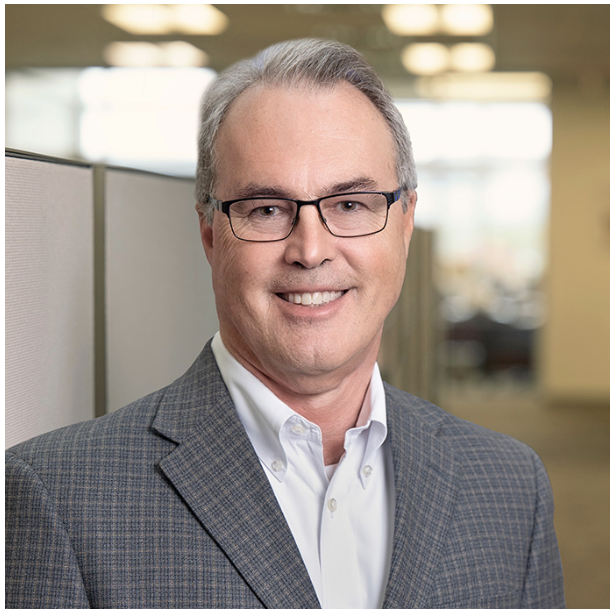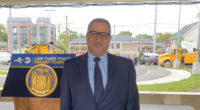Michael F. "Mike" Britt has been president and CEO since 2017 of Mechanicsburg, Pa.-based bridge engineering firm Modjeski and Masters, which dates to its founding in 1893 by engineers Ralph Modjeski and Frank Masters. He began his career in 1979 as a co-op student while attending Drexel University, briefly leaving the firm in 1989 to serve as the assistant division bridge engineer in the Pennsylvania division of the Federal Highway Administration, where he oversaw design and construction activities to assure conformance to state and federal criteria. Britt returned to M&M and was promoted to president and chief marketing officer, responsible for guiding the firm’s complex projects and executing its strategic direction
ENR Senior Transportation Editor Aileen Cho interviewed Britt as the firm marks 130 years of leading a team to complete thousands of projects in more than 25 different service areas and in five engineering disciplines.
This interview has been edited and condensed for clarity.
ENR: How has bridge engineering evolved during your career?
Mike Britt: It's more high-tech. Technically, I've seen the evolution of bridge design specs from allowable stress design to load factors and load and resistance design. I've seen the emergence of alternative project delivery; design-build, then public-private partnerships, and variations. Before, the contractor was on the opposite side of the table; now we work with the contractor. There's also electronic instrumentation during design that is available to bridge inspectors. Safety has increased tremendously in bridge inspections. There are new materials.
ENR: How did you get into the bridge engineering world?
Britt: Drexel University is known for its cooperative education program and internship model. It takes a four-year education and turns it into 5 years. You graduate with 18 to 21 months of experience. I landed my first job at Modjeski and Masters. First, it was about helping around the office. At end of the internship, I was doing bridge inspection projects. I've climbed all kinds of bridges.
ENR: What was it like working for the state division of the FHWA?
Britt: I had done bridge design and inspection at Modjeski and Masters. Working for the FHWA was the total picture—funding, research, oversight of design and construction to make sure federal funds are used properly. It rounded out the cradle-to-grave aspect of these projects. Out of seven years, I spent one in Japan. I was there for the [Great Hanshin] earthquake of [1995]. I saw the damage to bridges of all types.
ENR: How did you return to Modjeski and Masters?
Britt: Somehow I've always been intermingled with them, always coming across their projects. I was at a conference and the chairman asked me if I’d be interested in a position opening up. I interviewed, and the rest is history.
ENR: Do you still have a relationship with Drexel?
Britt: We still hire Drexel engineers and evaluate the hiring of cooperative education students. Many employees started off as I did.
ENR: How did the pandemic affect the industry?
Britt: Working from home has changed a lot of things. We’d rarely done Zoom calls; now it’s the norm. I do miss the collaboration that’s live. We need both—a hybrid program. You want to maintain the culture of your firm.
ENR: What projects are the most memorable to you?
Britt: The bridge that stands out is the Ambassador Bridge. It's privately owned. We established relationships with that owner and did a tremendous amount of work.
ENR: What are some current projects?
Britt: Hawk Falls, a new, long-span bridge in Pennsylvania; the rehab of the Parkersburg Memorial Bridge in West Virginia; and construction management and inspection of the Point-No-Point rail bridge in Kearny, N.J.
ENR: Looking to the past, present and future, give me a sense of where M&M is headed and what its long-range strategic goals are.
The goal is always to remain independent. We're one of the longest tenured firms in the nation. I want to keep the culture we’ve had through the ages. We have a high level of technical expertise; we're a trusted partner with agencies; we cater to needs of employees. We also want to strengthen what we have and grow at a pace conducive to retaining the culture. We always have international projects going on, whether design or inspection, fixed or moveable. We want to strengthen our presence in different regions, such as in the south and westward.





